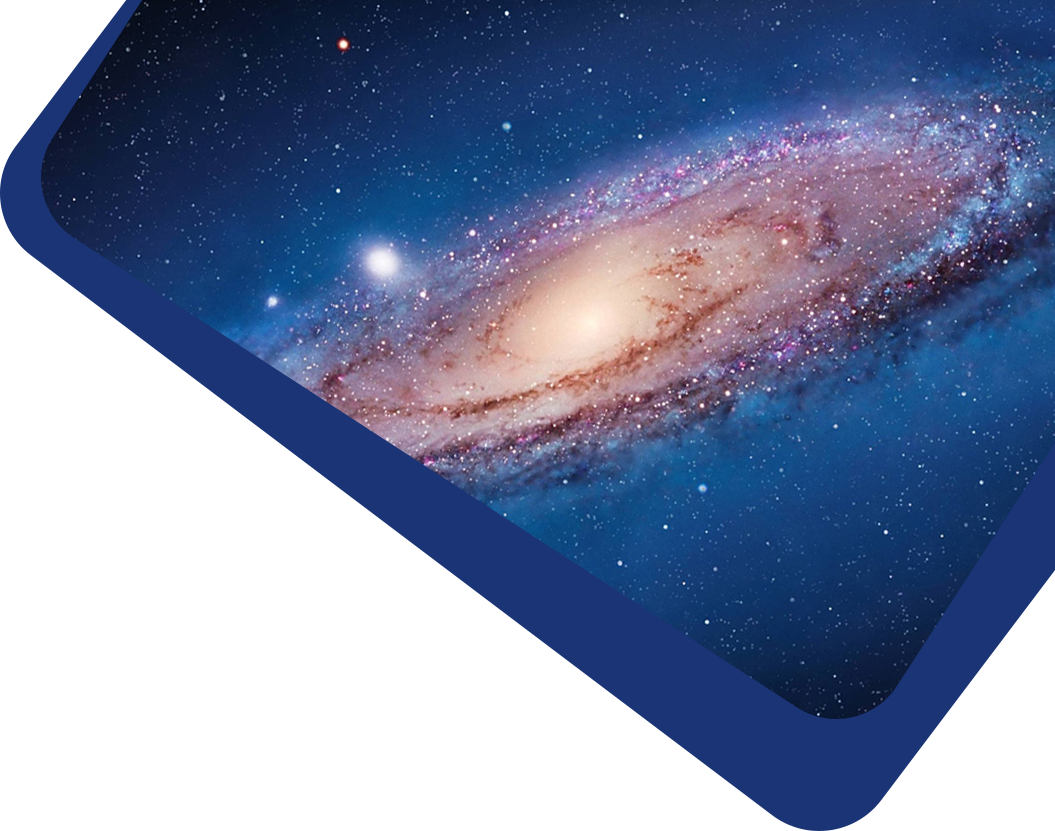

While cold dark matter is widely supported by a range of cosmological observations,it encounters several difficulties at smaller scales. These issues have prompted the investigation of various alternative dark matter candidates,leaving the question “What is dark matter?” still open. In this work, we propose a new cosmological model that considers darkmatter as a barotropic fluid with a constant equation of state parameter and interprets dark energy as the phenomenological emergent dark energyrather than a cosmological constant. We thenplace constraints on our new model using the Planck 2018 Cosmic Microwave Background (CMB) anisotropy measurements, Baryon Acoustic Oscillation measurements from the Dark Energy Spectroscopic Instrument (DESI), the Pantheon Plus (PP) compilation of Type Ia supernovae, and the Redshift Space Distortions (RSD) data from Gold 2018. The results show statistically significant signal for positive dark matter equation of state and square of sound speed  (107wdm =
(107wdm = at the 95% confidence level) for the data combination CMB+DESI+PP+RSD. However, Bayesian evidence indicates that this data combination favors the ΛCDM model with very strong evidence.
at the 95% confidence level) for the data combination CMB+DESI+PP+RSD. However, Bayesian evidence indicates that this data combination favors the ΛCDM model with very strong evidence.
(cosmology:) dark matter– (cosmology:) dark energy– (cosmology:) cosmological parameters
There are currently no refbacks.
It accepts original submissions from all over the world and is internationally published and distributed by IOP